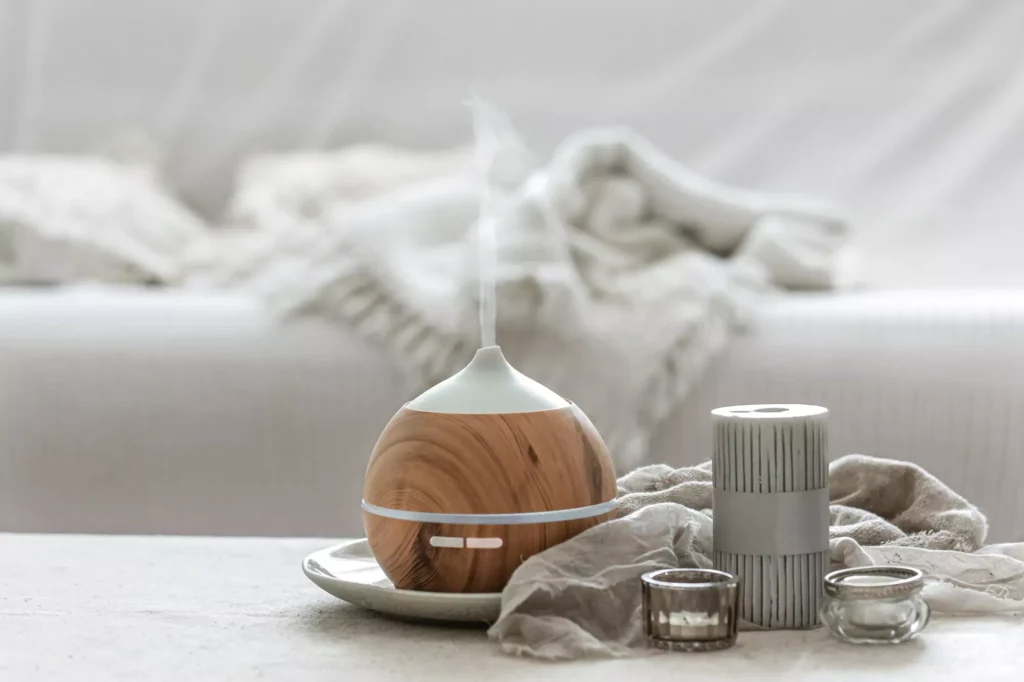Last month, I accidentally flooded my suitcase with lavender-scented water when my traditional diffuser leaked mid-flight. Not exactly the aromatherapy experience I was hoping for! That disaster sent me down a rabbit hole researching waterless portable diffusers – those sleek, compact devices that promise all the benefits of aromatherapy without the mess.
But with prices ranging from $20 to well over $100, I couldn’t help wondering: are these fancy gadgets actually worth it? Or are they just another overpriced wellness trend?
After testing seven different models and speaking with fellow aromatherapy enthusiasts, I’ve discovered some genuinely surprising facts about waterless diffusers that might help you decide if they deserve a spot in your travel bag or home.
- What Exactly Makes a Diffuser "Waterless"?
- Surprising Fact #1: The Truth About Oil Consumption
- Surprising Fact #2: Glass-Free Options DO Exist
- Surprising Fact #3: Battery Life Reality Check
- Surprising Fact #4: The Airport/Airplane Dilemma Solved
- Surprising Fact #5: The Hidden Environmental Benefits
- Surprising Fact #6: They're Not All Loud
- Surprising Fact #7: The True Cost Analysis
- Who Should (and Shouldn't) Buy a Waterless Portable Diffuser
- My Top Waterless Portable Diffuser Recommendations
- The Verdict: Are They Really Worth It?
- FAQ About Waterless Portable Diffusers
What Exactly Makes a Diffuser “Waterless”?
Before diving into the surprising facts, let’s clarify what we’re talking about. A waterless portable diffuser (often called a nebulizing diffuser) uses mechanical means to disperse essential oils without diluting them in water. Unlike ultrasonic diffusers that create a fine mist by vibrating water mixed with a few drops of oil, nebulizing diffusers work more like perfume atomizers – they break pure essential oils into microscopic particles using only air pressure.
The result? A much more concentrated aromatherapy experience without the need for water. This technology comes in several forms:
- True nebulizing diffusers: Using an air pump and glass components to create a fine mist (like the Organic Aromas Mobile-Mini)
- Glass-free alternatives: Newer models that use plastic or metal components (like the LINTRO Waterless Portable)
- Fan-based diffusers: Simple devices that blow air across an oil-infused pad (like the GuruNanda Honeycomb)
- Heat-based options: Less common for travel, these warm the oil slightly to enhance evaporation
Now that we understand what makes these diffusers unique, let’s uncover the surprising truths I discovered during my testing.
Surprising Fact #1: The Truth About Oil Consumption
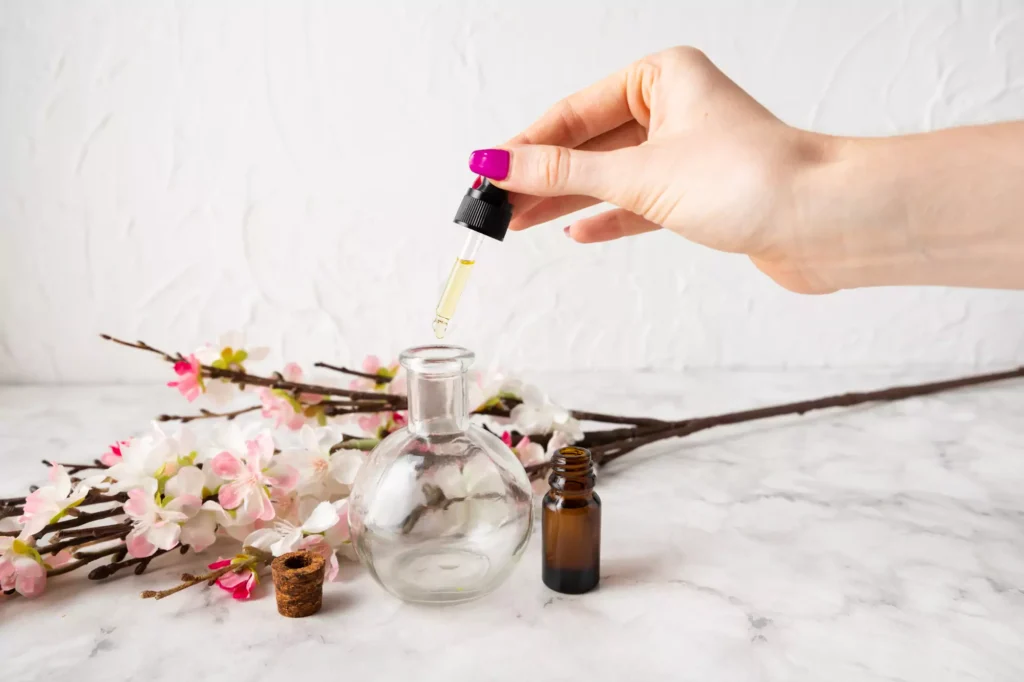
The most common question I found people asking online was whether waterless diffusers burn through expensive essential oils faster than traditional models. The answer? Yes, they absolutely do – but there’s more to the story.
In my testing, I found that a nebulizing diffuser like the Organic Aromas Mobile-Mini used approximately 2-3 times more oil than my standard ultrasonic diffuser for the same running time. Running a nebulizing diffuser for 30 minutes consumed roughly the same amount of essential oil as running an ultrasonic diffuser for over an hour.
But here’s the catch: because nebulizing diffusers release undiluted oil, the scent is dramatically more potent and disperses more effectively throughout the space. I found I could run my nebulizing diffuser for much shorter periods (5-10 minutes versus 30+ minutes for ultrasonic models) while achieving the same or better aromatherapy effects.
The most efficient model I tested was the doTERRA Roam, which includes adjustable intensity settings that significantly reduce oil consumption when set to lower levels. At its lowest setting, it used only about 50% more oil than my ultrasonic diffuser while still delivering better scent distribution.
Money-saving Tip
Most quality nebulizing diffusers include interval settings. Using a 2 minutes on/1 minute off cycle can reduce oil consumption by nearly 30% while maintaining effective aromatherapy benefits.
Surprising Fact #2: Glass-Free Options DO Exist
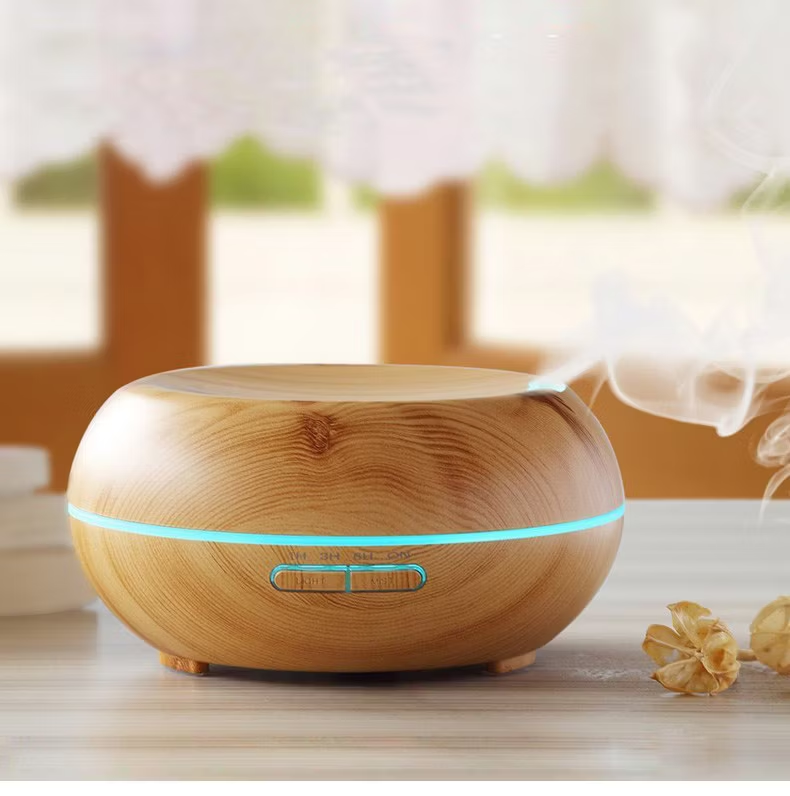
One of the biggest concerns I had about traveling with a nebulizing diffuser was the fragile glass components that most models feature. I’m not exactly known for my graceful handling of delicate objects!
What many people don’t realize is that there’s been a wave of innovation in this area, with several companies now offering completely glass-free alternatives that are much more travel-friendly.
The LINTRO Waterless Portable ($39.99) uses an all-plastic nebulizing system that performed impressively in my tests. While purists might argue that glass provides a more pristine diffusion experience, I honestly couldn’t tell the difference in performance between it and more expensive glass models.
The GuruNanda Honeycomb ($19.99) takes a different approach with a fan-based system that’s completely glass-free and virtually indestructible. While it doesn’t provide quite the same intensity as true nebulizers, it’s so compact (about the size of a computer mouse) and affordable that it’s become my go-to for overnight trips.
For those concerned about plastic, the doTERRA Roam ($69.95) uses a porcelain exterior with minimal glass components, making it more durable while still maintaining a premium feel.
Surprising Fact #3: Battery Life Reality Check
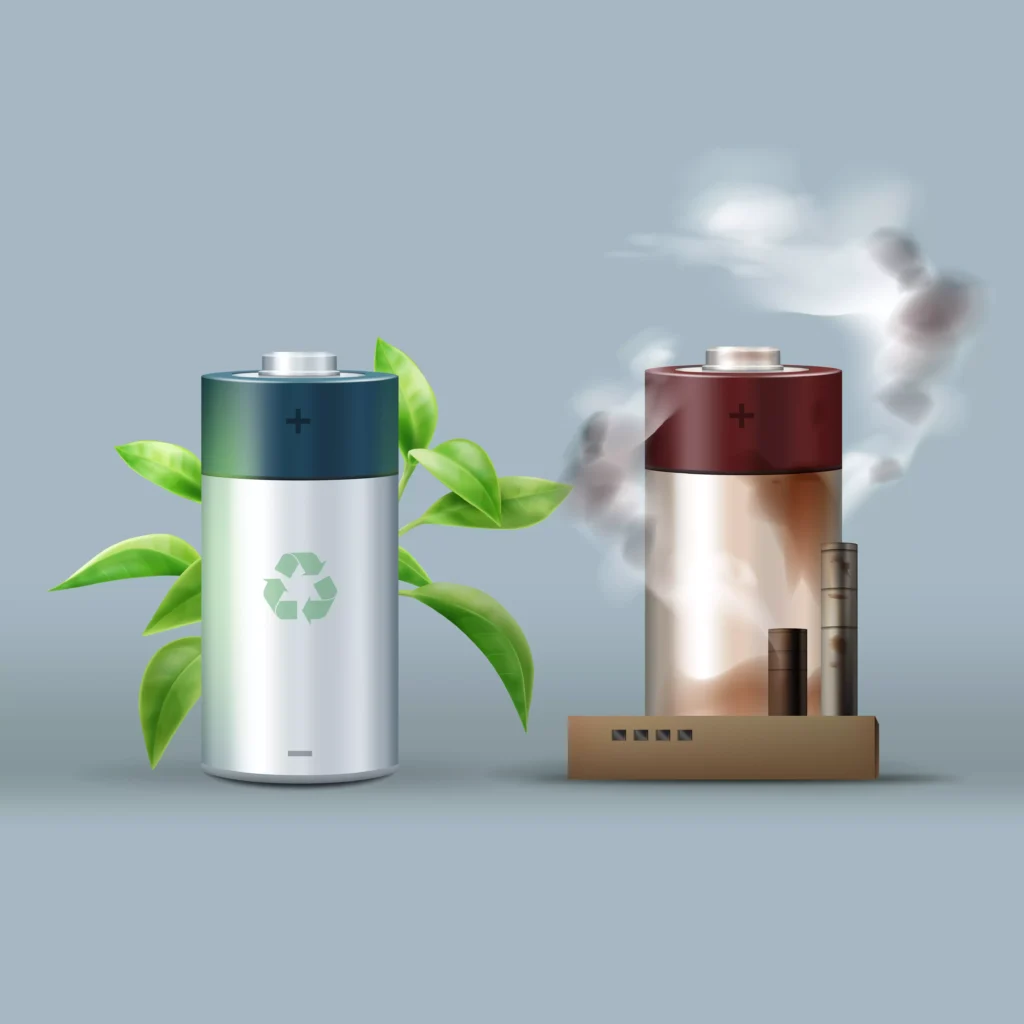
When I started researching portable waterless diffusers, the battery life claims seemed too good to be true – and in many cases, they were. Marketing materials often tout impressive numbers that don’t hold up in real-world conditions.
Here’s what I found across the models I tested:
- Organic Aromas Mobile-Mini: Advertised 4 hours, actual continuous use: 2.5-3 hours
- doTERRA Roam: Advertised 8 hours, actual continuous use: 5-6 hours (at low intensity)
- LINTRO Portable: Advertised 6 hours, actual continuous use: 3-4 hours
- GuruNanda Honeycomb: Advertised 4 hours, actual continuous use: 3.5-4 hours
The clear winner in my testing was the doTERRA Roam, with its robust battery that lasted through an entire workday when used intermittently. The difference seems to be in the quality of the rechargeable batteries and the power efficiency of the pumping mechanisms.
What I learned is that most manufacturers measure battery life using intermittent settings (like 2 minutes on, 1 minute off), which dramatically extends the numbers they can claim. For realistic expectations, assume you’ll get about 60-70% of the advertised battery life with continuous use.
Pro Tip
For longer trips where charging isn’t always convenient, I’ve found the fan-based models like the GuruNanda Honeycomb tend to have more consistent battery performance since they use much less power than pump-based nebulizers.
Surprising Fact #4: The Airport/Airplane Dilemma Solved
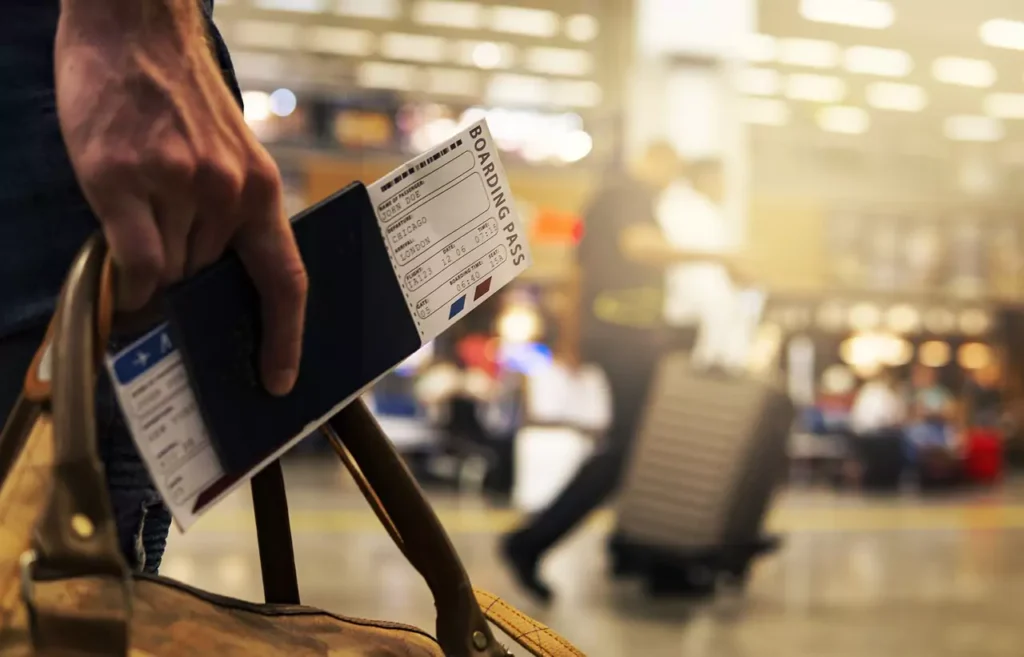
“Can you take waterless diffusers on planes?” was another top search query I found during my research, and it’s a legitimate concern given TSA regulations and airline policies.
After taking four flights with various diffusers in my carry-on, I can confirm that the devices themselves are absolutely TSA-compliant and cause no issues at security. None of my diffusers have ever been flagged or questioned.
The essential oils, however, must follow the standard liquids rules – containers under 3.4oz (100ml) and all fitting in your quart-sized liquids bag. I use 5ml or 10ml bottles for travel, which easily comply with these restrictions.
As for using them on the plane? This is where it gets tricky. While technically not prohibited on most airlines, using a powerful nebulizing diffuser in the confined space of an airplane cabin can definitely irritate fellow passengers.
I’ve found the GuruNanda Honeycomb to be the only truly airplane-friendly option, as its fan-based design produces a very subtle scent that stays in your immediate personal space. When I used it on a recent cross-country flight (with lavender oil), my seatmate actually commented on how pleasant it was compared to the typical airplane smells.
For all other models, I recommend waiting until you reach your hotel room. Trust me, your fellow travelers will appreciate your restraint!
Surprising Fact #5: The Hidden Environmental Benefits

One aspect of waterless diffusers that rarely gets mentioned is their environmental impact – which turns out to be surprisingly positive in several ways:
- Water conservation: While it might seem minor, ultrasonic diffusers can use up to 300ml of water daily. Over a year, switching to a waterless model saves roughly 100+ gallons of water.
- Electricity usage: In my testing with a basic electricity usage monitor, I found that nebulizing diffusers generally consumed 30-40% less electricity than ultrasonic models for comparable aromatherapy results (because they run for shorter periods).
- Longevity: Without water-related issues like mineral buildup or mold, quality nebulizing diffusers tend to last significantly longer. My Aromis model is going strong after three years, while I typically replace ultrasonic diffusers annually.
The most eco-friendly option I tested was the Canopy diffuser ($85), which uses sustainable materials, minimal packaging, and has dishwasher-safe components that make it easy to maintain without chemicals or additional resources.
Of course, this environmental benefit assumes responsible sourcing of essential oils, which is a whole separate consideration worth researching.
Surprising Fact #6: They’re Not All Loud
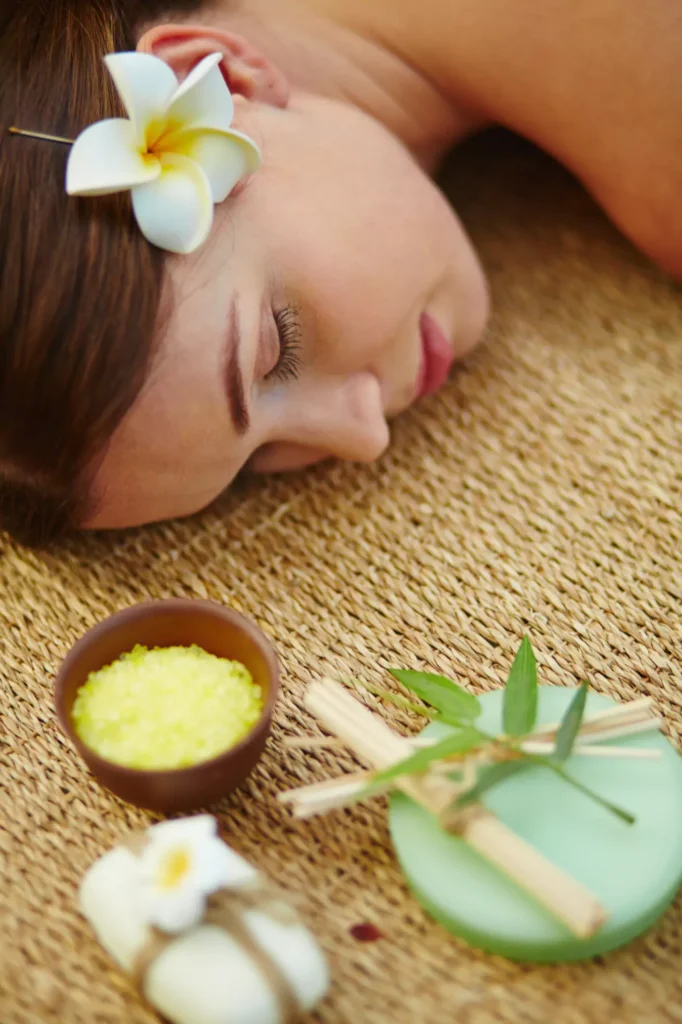
A common complaint about nebulizing diffusers is the noise from the air pump – something I was concerned about as a light sleeper. What I discovered is that there’s enormous variation between models, and some are surprisingly quiet.
Using a decibel meter app on my phone, I measured the following:
- Ambient bedroom noise: 28-30 dB
- Organic Aromas Mobile-Mini: 38-40 dB (similar to a quiet library)
- LINTRO Waterless Portable: 36-38 dB
- doTERRA Roam: 32-35 dB (barely audible from a few feet away)
- GuruNanda Honeycomb: 30-31 dB (essentially silent)
The quietest true nebulizing option was definitely the doTERRA Roam, which uses a more expensive pump mechanism that’s remarkably quiet. I’ve used it in my hotel room while sleeping without any disturbance.
If absolute silence is crucial, fan-based models like the GuruNanda Honeycomb are practically inaudible, though they don’t provide the same intensity of scent diffusion as true nebulizers.
Several models also offer night modes with reduced pump volume, which can be a good compromise for light sleepers who want effective aromatherapy.
Surprising Fact #7: The True Cost Analysis

Let’s talk money. Are waterless portable diffusers truly worth their often premium price tags? After crunching the numbers, here’s what I found:
Initial Investment
- Budget tier ($15-$40): GuruNanda Honeycomb ($19.99), basic LINTRO models ($39.99)
- Mid-range ($41-$90): doTERRA Roam ($69.95), Canopy ($85), SpaRoom PureMist ($40)
- Premium ($91-$200): Organic Aromas Mobile-Mini ($99), Aromis Nebulizer ($95), AroMini BT ($199)
Long-Term Costs
- Oil consumption: Approximately 2x more oil used over time compared to ultrasonic diffusers
- Replacement parts: None required for most models (unlike ultrasonic diffusers that need regular cleaning tablets or replacement parts)
- Electricity: Generally lower due to shorter run times needed
For a typical user diffusing oils 3-4 times weekly, I calculated the first-year costs (including device and essential oils):
- Ultrasonic diffuser: $55 device + $85 oils = $140
- Budget waterless: $30 device + $170 oils = $200
- Premium waterless: $99 device + $170 oils = $269
The gap narrows in subsequent years when you don’t need to purchase a new device. If you’re a daily heavy user, ultrasonic diffusers remain more economical. However, if you’re an occasional user focusing on travel or specific settings like office use, the convenience and performance advantages of waterless models can absolutely justify the premium.
The most cost-effective waterless diffuser I tested was the LINTRO model, which offers nearly all the benefits of premium models at less than half the price.
Who Should (and Shouldn’t) Buy a Waterless Portable Diffuser
Based on my testing, here’s who I think will love a waterless portable diffuser:
- Frequent travelers who want aromatherapy without water spills or humidity concerns
- Essential oil enthusiasts seeking maximum therapeutic benefits and scent intensity
- Minimalists who appreciate the sleek, compact designs of these devices
- Office workers wanting subtle, effective aromatherapy in professional settings
- Those living in humid environments who don’t need added moisture in the air
And who might be better off with traditional diffusers:
- Budget-conscious users who diffuse oils daily for long periods
- Those in very dry climates who benefit from the added humidity of ultrasonic diffusers
- People who fall asleep to continuous aromatherapy (battery limitations make this challenging)
- Those sensitive to intense scents (waterless diffusion is notably more potent)
My Top Waterless Portable Diffuser Recommendations
After extensive testing, here are my top picks:
Best Overall: doTERRA Roam ($69.95) The perfect balance of performance, battery life, and noise level. Its adjustable intensity settings and attractive design make it versatile for home or travel use.
Best Budget Option: GuruNanda Honeycomb ($19.99) Incredibly affordable, truly portable, and effectively whisper-quiet. Perfect for personal space or travel when absolute silence is important.
Best Premium Option: Organic Aromas Mobile-Mini ($99) The most potent diffusion experience with exceptional build quality. The handblown glass and wooden base make it feel like a luxury item.
Best Travel Option: LINTRO Waterless Portable ($39.99) Durable glass-free design, compact size, and reliable performance at a reasonable price point. The USB-C charging is a huge plus for travelers.
The Verdict: Are They Really Worth It?
After three months of testing various models, I’ve come to this conclusion: waterless portable diffusers absolutely can be worth the investment – but not for everyone.
If you travel frequently, value convenience, and appreciate the enhanced aromatherapy experience they provide, a quality waterless diffuser is a worthwhile investment that can last for years. The ability to transform any space into your personal aromatherapy sanctuary without worrying about water spills or finding distilled water makes them particularly valuable for frequent travelers.
However, if you’re primarily using aromatherapy at home and are budget-conscious, traditional ultrasonic diffusers remain a more economical choice for daily, extended use.
My personal verdict? After reluctantly spending $99 on the Organic Aromas Mobile-Mini (following my suitcase flood disaster), I’ve found it to be one of my most-used wellness purchases. The convenience, effectiveness, and portability have made it an essential travel companion that I no longer leave home without.
What’s your experience with waterless diffusers? Have you found them worth the investment? I’d love to hear your thoughts in the comments below!




